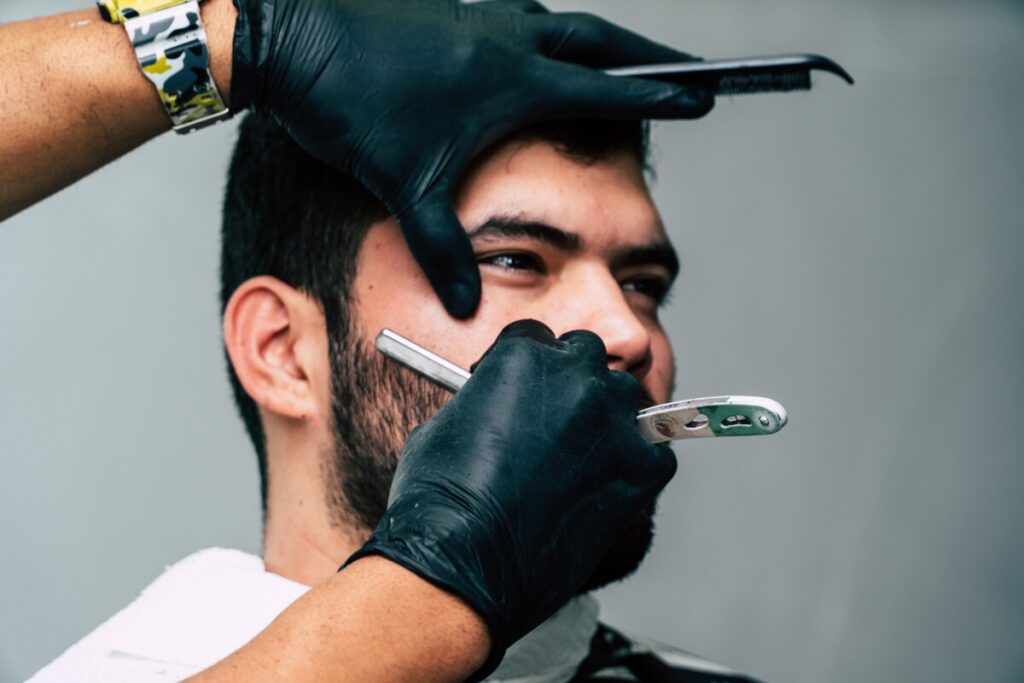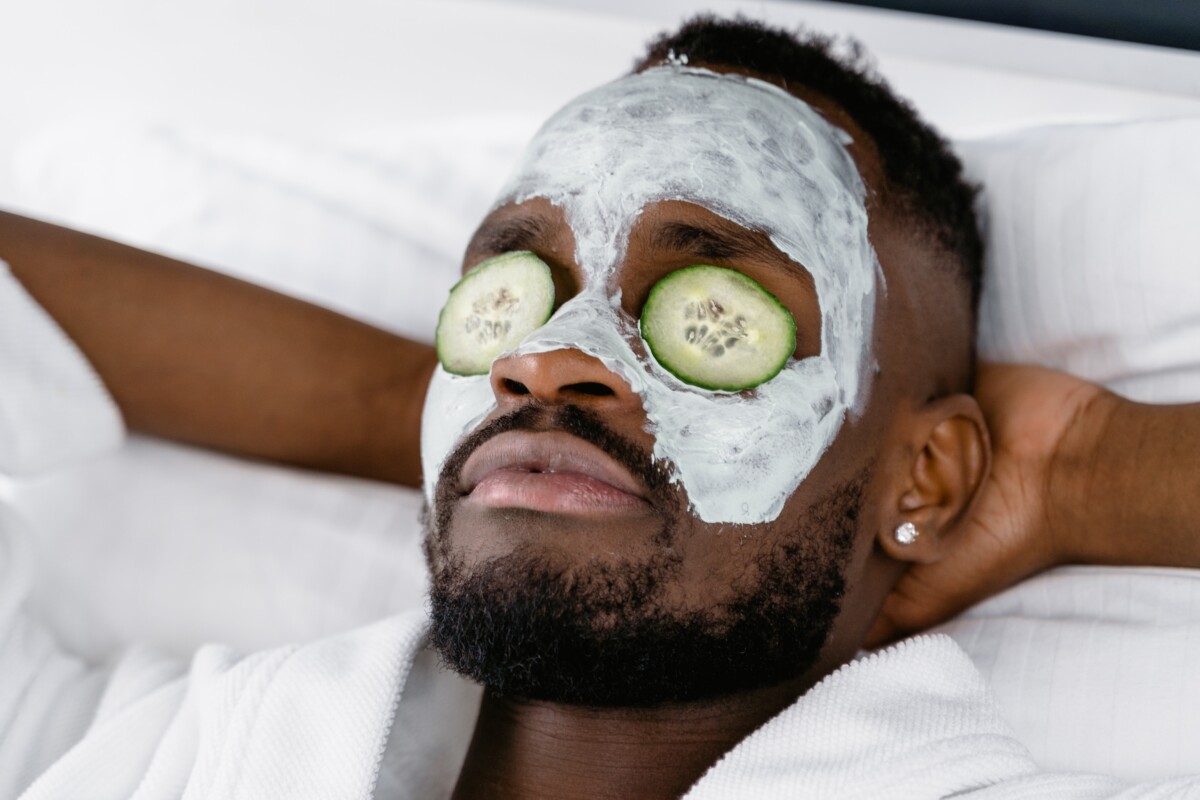In today’s age, where personal image is increasingly important, men’s grooming has evolved into a sophisticated and integral part of daily life. Gone are the days when grooming was seen as a strictly female-oriented endeavor; today’s modern man understands the importance of looking sharp and feeling confident in all aspects of life. But how did we get here? Let’s journey through the ages to see how men’s grooming has transformed over time.
Prehistoric Times: Practicality Over Fashion
It’s hard to imagine how our prehistoric ancestors managed their grooming routines without the modern conveniences we enjoy today. However, grooming has always been a part of human existence, even in its most rudimentary form. Back in the Stone Age, men used crude tools like sharp stones and bones to scrape off facial hair. This was not just for aesthetic reasons but likely served practical purposes like aiding in hunting and combat by removing any handle that an enemy or prey could grab onto.
Ancient Civilizations: A Mark of Class and Sophistication
As societies advanced, so did grooming techniques and practices. The Egyptians were particularly noted for their grooming rituals. Pharaohs and high-ranking officials would often shave their heads and faces, while sporting elaborate wigs and fragrances. Shaving became a status symbol, a way to differentiate oneself from the lower classes.
The Greeks and Romans followed suit but added their own twists. Olive oil was a popular moisturizer, and many Roman men visited public baths not only for hygiene but for various grooming treatments including massages and skin care.
The Middle Ages: A Decline in Men’s Grooming
The medieval period saw a downturn in men’s grooming. Due to various factors like religious influences and plagues, men were less concerned with personal appearance. Facial hair became more accepted, and grooming was often overlooked.
The Renaissance: A Revival in Self-Care
The Renaissance period marked a significant turn in men’s grooming, aligning it closer to what we know today. Men began using grooming as a means to reflect their social standing and intelligence. Shaving and skincare were back in vogue, and numerous guides were written about the art of proper grooming.

The 20th Century: The Dawn of Mass-Produced Men’s Grooming Products
The 20th century ushered in an era where grooming products became more accessible to the general public. The invention of the safety razor in the early 1900s, and later, the electric razor, revolutionized the way men shaved. Post-World War II prosperity led to a boom in the cosmetic industry, which increasingly included products aimed at men. The rise of Hollywood and the emphasis on appearance put grooming into the mainstream consciousness.
21st Century: A Golden Age of Men’s Grooming
Today, men’s grooming is a multi-billion dollar industry with a wide range of products and services available. From beard oils and skincare lines to grooming kits and subscription boxes, there’s something for everyone. The social media era has also fueled this boom, making influencers and celebrities pivotal in setting grooming trends. Moreover, the conversation around grooming has expanded to include discussions about mental well-being and self-care, encompassing a holistic approach.
Conclusion
Men’s grooming has come a long way from its primitive beginnings. What started as a basic necessity has evolved into a complex ritual that not only addresses appearance but also contributes to overall well-being. In today’s world, grooming is not just an act but an expression of individuality, sophistication, and modern masculinity.
